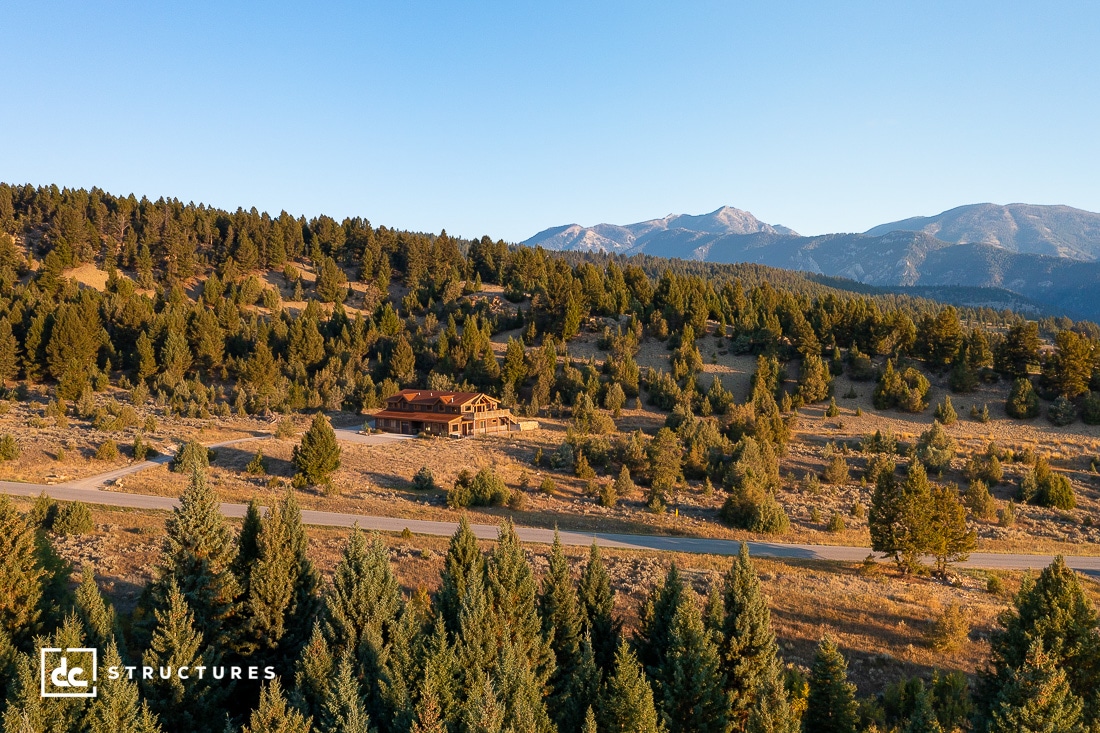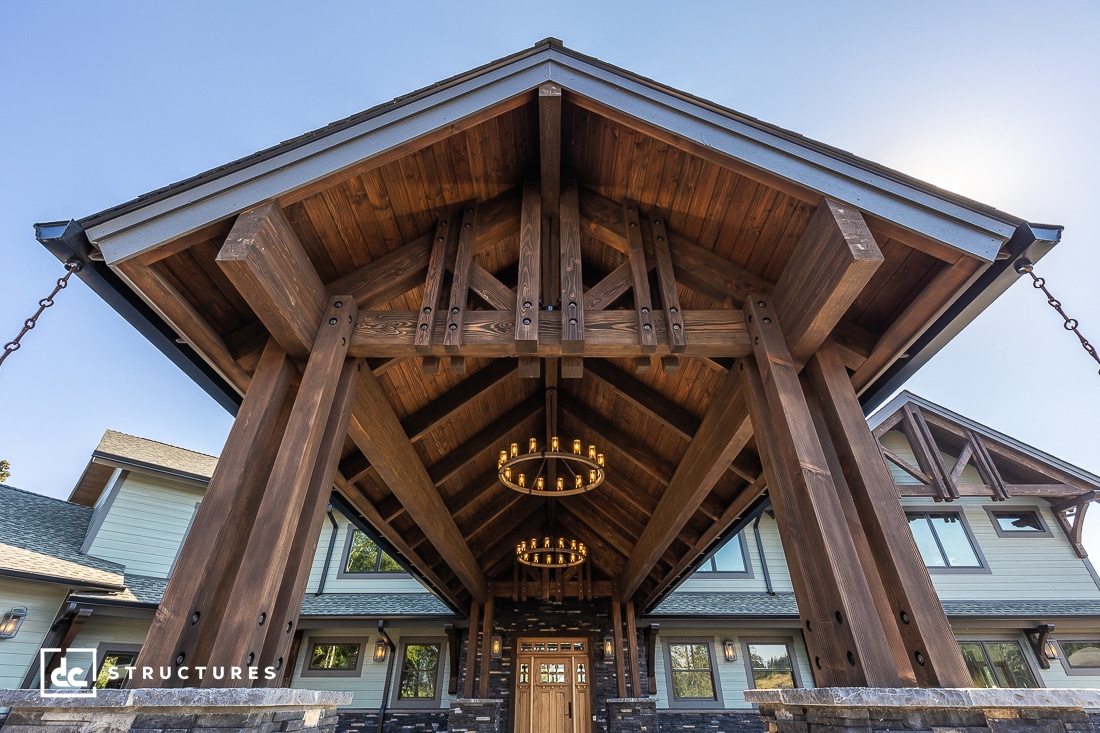Summer is rapidly approaching, which means it’s time to break out those dusty shorts you stuffed in the back of your dresser drawers and start planning out your sun-filled camping excursions to some of America’s most beautiful parks. However, not everyone is a fan of summer camping. For those who’d rather brave crisper conditions to skip the crowds, as well as those who prefer summer camping, this guide will hopefully provide much-needed insight on what you’ll need to know before you head out on the road.
Summer Camping Tips
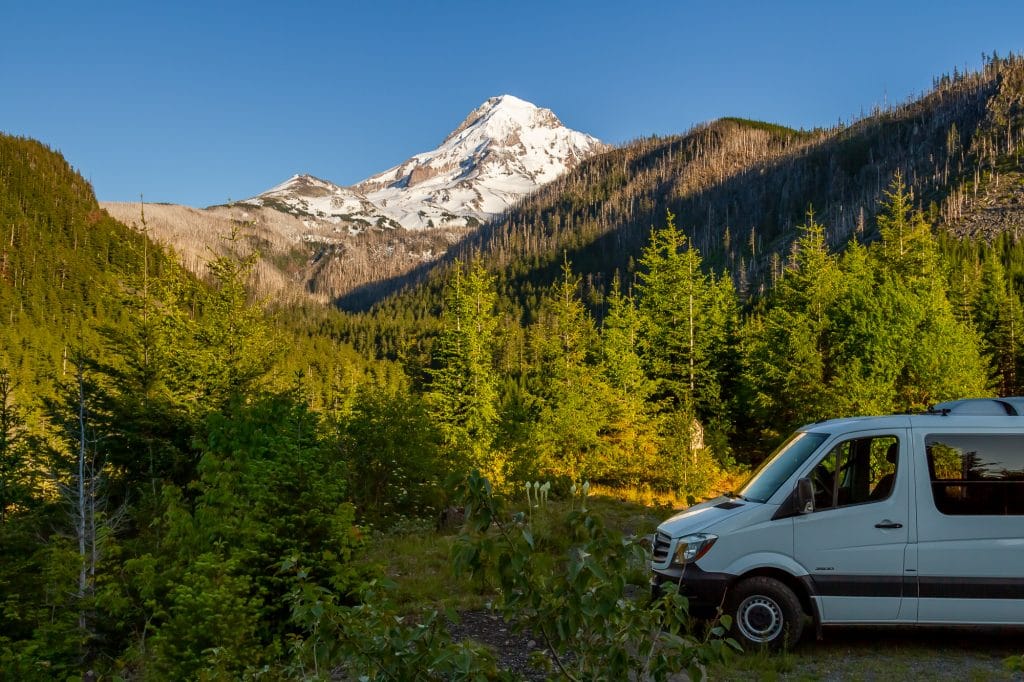
According to the National Park Service, summertime is the most popular season to go camping. With its warm weather and picturesque hiking, it’s not hard to see why tons of people would want to spend their time in the great outdoors. With that being said, it’s a smart idea to reserve your site well in advance, especially if you’re planning on visiting popular national parks like Yellowstone and Zion.
Book Your Trip in Advance
In fact, recreation.gov states on their site that you can make reservations six months in advance for individual sites and 12 months in advance for group sites. Even if you don’t have all the details of your camping trip laid out, you might want to go ahead and book your site as soon as possible to avoid any potential conflicts. You can do so by visiting your state’s parks and recreation page for more information.
Dehydration
Another important aspect to consider is what else heat brings aside from crowds – dehydration, heat-related illnesses, and mosquitoes. While it’s always a good rule of thumb to bring plenty of water when camping, it’s generally recommended to drink 2 liters of water a day, especially in very hot climates. You might want to consider bringing a collapsible water jug, as it takes up less space. If you’re looking for something more durable, a hard-sided jug would be your best bet. This way, you can better prevent heat-related illnesses, such as heat rash and heat exhaustion.
Heat Exhaustion
Kids are typically more susceptible to heat exhaustion. If you do happen to be traveling with kids, be sure to bring extra water to keep them cool and well-hydrated.
Mosquitoes
As far as mosquitoes go, Consumer Reports recently released its list of top-performing insect repellents for 2019. Click here to view the top five repellents, as advertised on Today. For more helpful summer camping tips, be sure to visit Backpacker.com for a comprehensive list of summertime must-knows for any dedicated camper.
ATV & Boat Equipment
Additionally, many campers ride on ATVs or boats while camping, especially in the summer months. This equipment should be properly maintained year around to protect it from the elements, so they’re best kept in the garage while not in use.
Recommended Summer Gear:
- Insect Repellant
- Sunscreen
- 2+ Liters of Water
- Emergency First Aid Kit
- Cell phone and back-up charger
- Air-tight food containers
- Personal fans, freezer packs, and frozen water bottles
- Battery-powered fan
- Light-weighted clothing
Fall Camping Tips
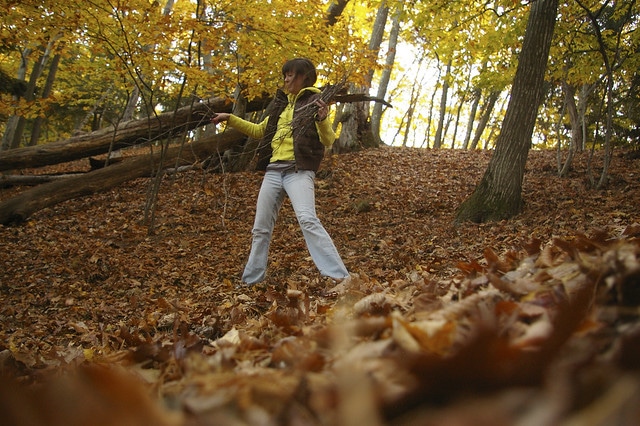
Fall is arguably one of the best times to go camping for outdoor enthusiasts. Fewer families will be frequenting the camp sites with school back in session, meaning you can enjoy the vibrant autumn foliage without the added frustration of cramped campgrounds. There’s also the possibility of state parks and national forests offering reduced entrance fees after Labor Day. While these are great reasons to go camping in fall, the season also comes with a few downsides.
Fluctuating weather conditions, shorter daylight hours, and mating wildlife are important to take notice of prior to your fall camping trip.
Moody Weather
As the summer season fades away, so does the warm weather. It’s generally recommended to always check the weather forecasts of your specific park before packing, considering it could be 20°F in the morning and 70°F by afternoon in certain places. To be extra prepared for rising and falling temperatures, you should bring a mix of clothing like thermal underwear, fleece jackets, and wind and water-resistant garments. It’s also advised to bring a cold-weather sleeping bag that protects against lower temperatures and sleeping pads for heat retention. You might think about purchasing a three-season tent, especially one with a full rain fly to keep moisture out.
Shorter Daylight Hours
With daylight savings in full swing, be sure to allow yourself extra time to arrive at the campsite before dark. You should bring a headlamp to ensure you can still perform necessary tasks while navigating your campsite at night.
Wildlife
Since fall is also prime season for wildlife mating, it’s best to leave plenty of space between yourself and animals. Some species can be more aggressive than others as winter approaches, so if you do happen to find yourself wanting a picture of them, Wildnerness.org recommends using a zoom lens as opposed to attempting to get a close-up shot.
Recommended Fall Gear:
- Headlamp
- Cold-weather sleeping bag
- Sleeping pad
- Three-season tent
- Water and wind-resistant jacket
- Plenty of layers
- Mittens or gloves
- Flashlight
- Waterproof matches
- Emergency first aid supplies
- Compass or GPS
Winter Camping Tips
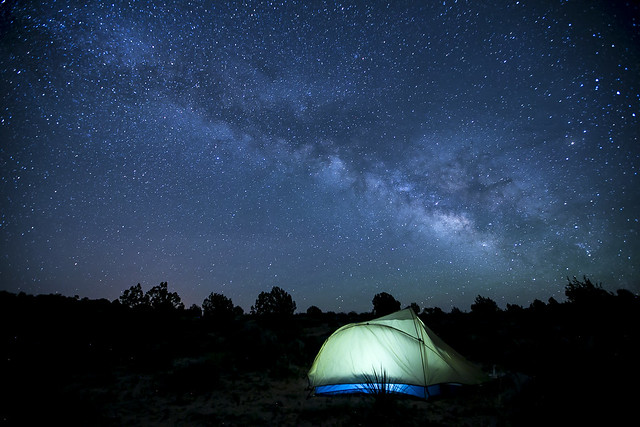
Not everyone is brave enough to camp in frigid climates. For those who are, cold-weather camping gives adventure seekers the opportunity to experience utter solitude in an expansive snowscape, in addition to the added gift of not being bitten to death by bugs. While planning for winter camping can seem daunting, it’s easier to stay comfortable than you may think, according to EcoWatch.
Layer Up
The trick is to layer up! You’ll want to start with a quick-drying base layer like nylon and polyester. Cotton should always be avoided, considering it absorbs moisture and can lose insulating qualities that help with thermoregulation. Next, you’ll want to add a mid-layer, such a lightweight fleece or down jacket. If weather conditions are optimal, this can also count as your outer layer. Finally, the outer layer should be a waterproof shell or insulated puffy jacket that protects you from harsh wind and precipitation. For full body clothing recommendations, check out Appalachian Mountain Club’s full guide on what to wear for winter camping.
Sleep Gear
Just as we discussed the types of sleeping equipment you’ll need for fall, it’s ideal to double up on sleeping bags and pads for winter. You’ll also want to bring a four-season tent, as it’s designed to withstand strong winds and snow accumulation.
Caloric Intake
You’re typically burning about 4,000 – 5,000 calories on a normal winter day. With this in mind, plan to bring plenty of snacks and solid meals to counteract the amount of calories you’ll be burning so you can stay nourished and warm. Increasing your caloric intake can also help to compensate for homeostasis in colder regions. Nols, a nonprofit wilderness school, recommends packing dried items like pasta or freezing burritos ahead of time as great options for winter food items.
Water Resources
Another important tip to remember is that some parks shut off their water during the winter, so you need to be prepared for any inconveniences you might experience. Talk to the ranger at your individual park or campground to help plan your excursion.
Alternatives
If you’re not up for camping but still enjoy the outdoors, having your own cabin is a great way to stay out of the cold while experiencing all the benefits of winter.
Recommended Winter Gear:
- Two sleeping bags
- Two sleeping pads
- Four-season tent
- Cowboy coffee
- Lightweight fleece or down jacket
- Waterproof shell
- Socks, gloves, and a technical cold-weather hat
- High-calorie snacks and meals
- Stainless steel water bottle
Spring Camping Tips
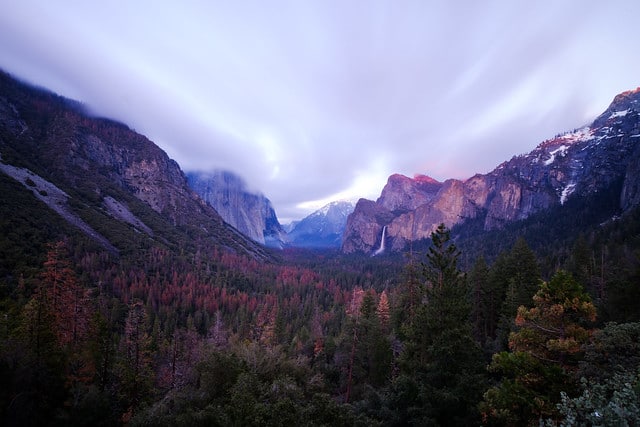
While spring is the ever-anticipated precursor to summer, that doesn’t mean it’s necessarily safe to skimp on the gear and head straight for the mountains. Springtime weather is notorious for being unpredictable, with sunny skies one day and storms the next. These storms can often bring rain and even substantial snow in northern regions so it’s best to prepare for either depending on your camp site. If you’re planning to take a trip closer to the beginning of spring season, you should check your campground to make sure you have full access to sites and facilities. Some sites have limited facilities so it’s always best to plan ahead in that regard. On the other hand, if you’re hoping to camp near the end of spring season, you might want to book your site in advance since spaces fill up closer to summertime.
Sleep Gear
For sleeping preparations, be sure to pack a cold-weather sleeping bag and sleeping pad in case of 20- to 40-degree weather.
Clothing
While you should pack light, it’s important to bring enough warm, water-resistant clothing. Waterproof shoes and boots are recommended, even if it doesn’t end up raining.
Hypothermia
One little known fact is that hypothermia is often more of an issue in spring than it is in winter. If you’re wearing moisture-absorbing material in wet conditions, you can find yourself easily susceptible to exposure. To protect against hypothermia, pack water-resistant layered clothing and wool socks that dry quickly. It’s advised to check your gear before heading out to ensure there are no holes or tears.
Recommended Spring Gear:
- Water-resistant clothing
- All-weather tent
- Sleeping bag and pad
- Waterproof shoes and boots
- Wool socks
- Plenty of food
- Sunscreen
This is by no means a comprehensive list of everything you should pack and be aware of prior to leaving for your trip. Be sure to visit your campground or park site in advance to ensure you have all the information needed for an enjoyable, well-planned time. You can also visit Backpacker and GearJunkie for more helpful camping tips.
Happy camping!
